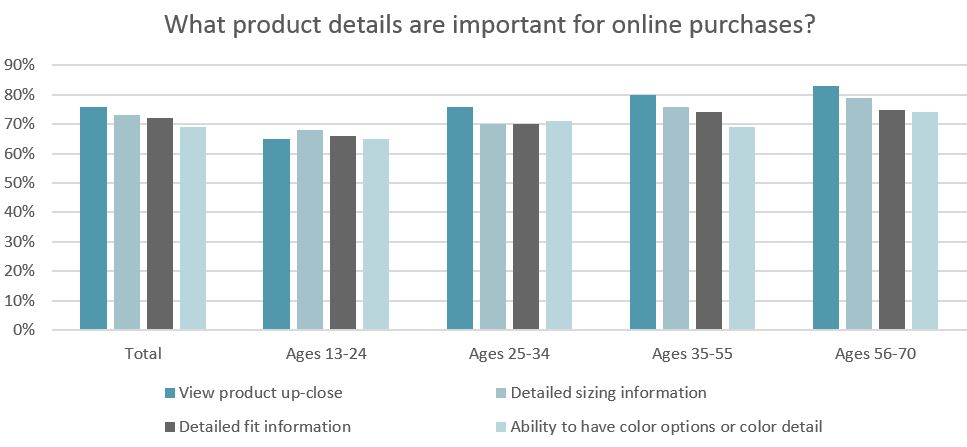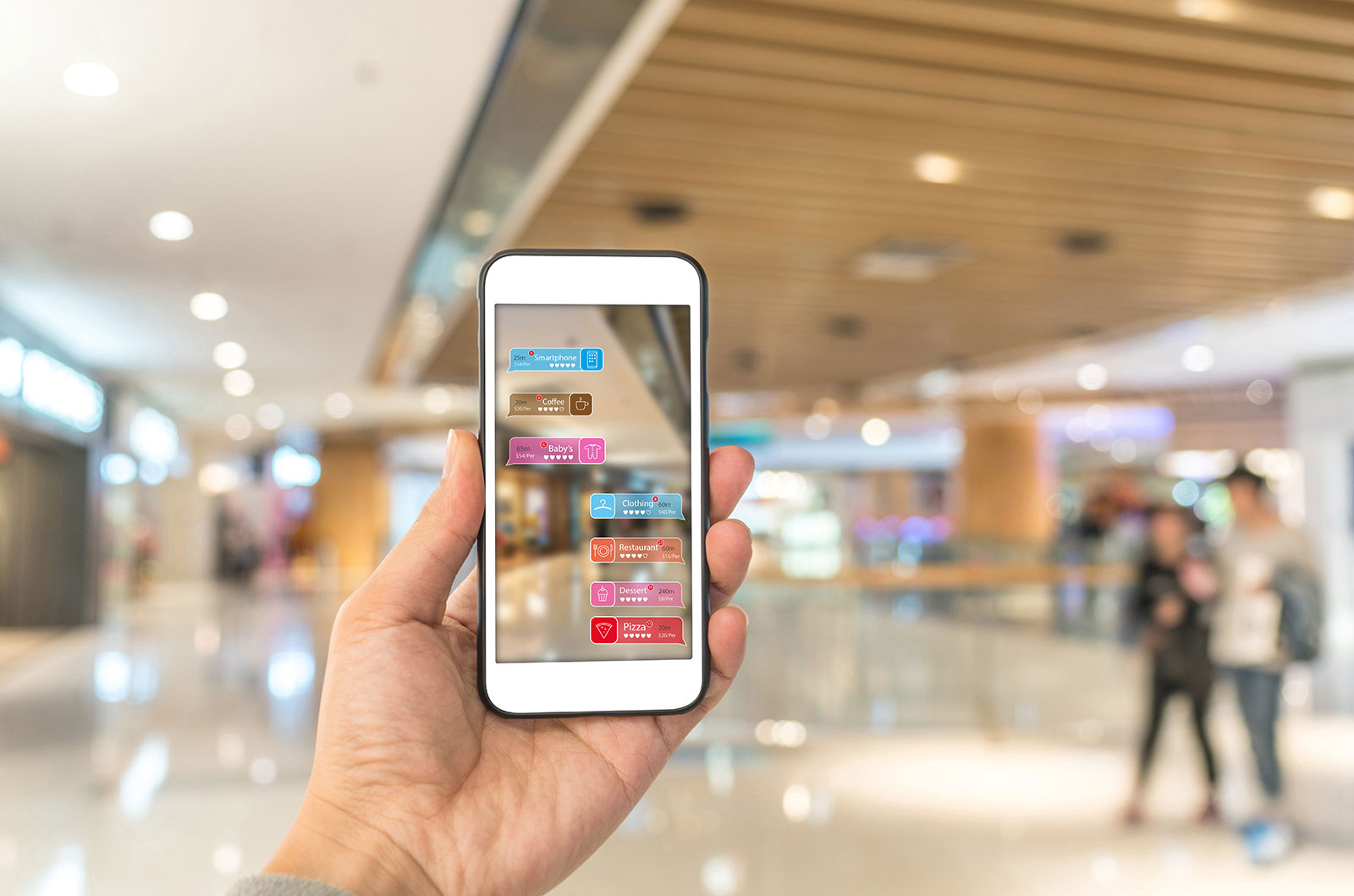When it comes to what they’re buying, apparel consumers are often looking for answers about how something fits, how well it wears, and if it’s true to size… the list goes on. Retailers and clothing makers know this. In an effort to more closely connect with shoppers, they’re mining every available opportunity to learn more about the consumer and, in turn, share brand and product information so people can make more informed decisions.
“There are multiple channels you have at your disposal today if you’re a brand with a certain amount of means to tell your story, tell it wide and go directly to the consumer,” said Theory’s Siddhartha Shukla, chief merchant, who spoke at Decoded Fashion in New York. “Outside of our stores and website and social media, the story also has to do with Theory speaking to the industry because we rely on the support of the industry. We also believe deeply in the customer as the fashion director. By centering the customer, the imperative to tell stories in our native channels is all the more important.”
The digital component of retail means stores and brands have a wide variety of ways to reach their customers. Harvard Business Review identified different tactics brands can use to achieve effective digital strategies. For example, it advises brands bring people together to share experiences, thereby deepening engagement. As an example, it points to Burberry’s microsites that allow customers to share photos of themselves in the maker’s coats, adding that Burberry also streams exclusive fashion shows for younger users of its mobile app.
Relaying pertinent information to consumers can make a difference in whether or not they actually buy an item. Consider that more than 3 in 4 shoppers (76 percent) say having the ability to view a product up-close would be very or somewhat influential on their ultimate decision to purchase an item of clothing online, according to the Cotton Incorporated Lifestyle MonitorTM Survey. That’s followed by wanting more information about such things as detailed sizing (73 percent), fit (72 percent) and color (69 percent).

At another Decoded Fashion presentation, Stylus’ Saisangeeth Daswani, head adviser for fashion, beauty and APAC (Asia-Pacific) at the innovation, research and trends advisory firm, said consumers are increasingly hungry for the thrill and satisfaction of communicating with brands on a more direct and intimate level.
“We’re looking at the importance of capturing these here-and-now types of needs and desires that are really based entirely on the individual,” Daswani said. “Live commerce is really key to achieving this kind of relevancy. This is something that’s really massive in Asia. A Japanese shopping app called Live Shop is basically a QVC channel for social media influencers. What’s critical is users can comment but they can also interact with influencers, something that’s easily transferable to brands with any kind of broader ambassadors.”
Daswani went on to explain how a new unboxing app exemplifies how the simple act of unpacking products can be a powerful way to give consumers more product information.
“Unboxed is a tech review app that plays on the insane popularity of unboxing videos, which 20 percent of consumers globally watch, and 62 percent do so while researching a purchase,” she said, saying that in the app, “Users can live chat with the unboxers, and brands can pay the network for retail links where their product will naturally show up. Even though Unboxed is currently for tech products, with unboxing really blowing up, there’s a lot of mileage here for all sorts of brands.”
More than half of all consumers (56 percent) say they’re less loyal to apparel brands and retailers than they were a few years ago, according to Monitor™ data. However, 57 percent say they would be more loyal if stores and brands took the time to educate them on their apparel products.
Apparel makers should note that 63 percent of consumers say they would feel more connected to an apparel brand that offers clothes made of natural fiber like cotton, according to Monitor™ data. Brands can easily impart that their clothes are made from cotton by including the Seal of Cotton trademark on their apparel. Introduced 45 years ago, the Seal is recognized by 86 percent of consumers, more than double the awareness for the logos of Lycra (42 percent) and Dri-Fit (35 percent) and triple the awareness of the Woolmark (26 percent) and CoolMax (21 percent) logos, according to Cotton Incorporated’s Seal of Cotton Study and Monitor data.
Of course, no marketing discussion would be complete without mentioning Millennials. Matt Anderson, who does video marketing at Google, points out that Millennials are getting older, so their buying power is increasing –which means it will be that much more important for brands to connect with them authentically. However, rather than trying to reach them through books or instruction manuals, Anderson says Millennials want to connect through video.
“In fact,” Anderson says, “When learning something new, Millennials are 2.7 times as likely to prefer to do so by watching a YouTube video compared to reading a book. In the past year, 70 percent of Millennial YouTube users watched the channel to learn how to do something new or learn more about something they’re interested in.”
Brands that make a bigger effort to connect more intimately with consumers stand to win. At the Decoded show, Daswani described an app that seemed reminiscent of the bot technology featured in the movie “Her”: SuBot, which “operates within your devices for that extra intimacy.
“SuBot will ask users how they’re feeling each day and will continue the conversation accordingly,” she said. “Those that thought they were talking to a pure bot actually registered a more satisfying experience and were a little bit more candid than those thinking they were interacting with a mix of AI and a human. So, a bot can reveal more nuanced customer behaviors that will in turn help brands deliver more relevant services.”
Added Daswani, “Providing value that’s practical but also emotional will also be key to the future.”
